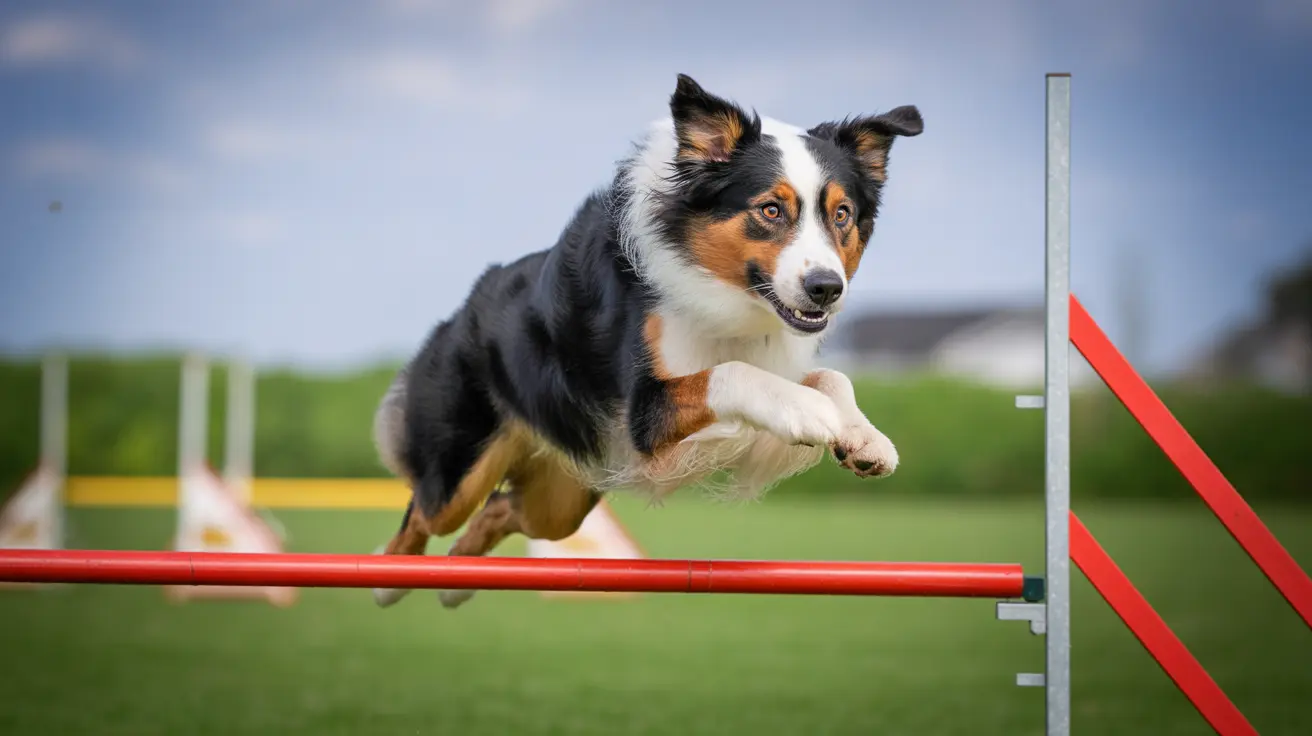Understanding the Size and Characteristics of Red Siberian Huskies
Among the variety of Siberian Huskies, the
red Siberian Husky stands out for its striking coat color—ranging from light copper to deep sienna. However, despite their unique appearance, red Huskies are not a separate breed but a standard color variation. Let's explore in detail how big red Siberian Huskies get and what traits define this beautiful and energetic breed.
Physical Dimensions of Red Siberian Huskies
Red Siberian Huskies share the same size standards as other Huskies since color does not affect their physical growth.
Height and Weight:
- Adult Males: 21–24 inches (53–61 cm) at the shoulder; 45–60 lbs (20–27 kg)
- Adult Females: 20–22 inches (51–56 cm) at the shoulder; 35–50 lbs (16–23 kg)
This makes the Siberian Husky a
medium-sized working dog. They are more compact and lighter than similar breeds like the Alaskan Malamute.
Appearance and Coat
Red Huskies have a thick
double coat, consisting of soft, dense underfur and longer guard hairs. This coat not only gives them their plush look but also regulates body temperature in extreme cold and heat.
Key features include:
- Erect triangular ears set high on the head
- A bushy tail often curled over the nose when sleeping (known as the "Siberian Swirl")
- Striking eye colors such as blue, amber, or heterochromia (two different colored eyes)
Colour-wise, red Huskies range from
light copper to deep reddish-brown, always paired with white markings. Unlike black or gray Huskies, red Huskies have
liver-colored noses, lips, and eye rims.
Temperament and Behavior
Red Huskies, like all Siberian Huskies, are:
- Intelligent and problem-solving
- Energetic and built for endurance
- Independent yet friendly and pack-oriented
They are known to howl rather than bark and often exhibit behaviors like mimicry or vocalizations that resemble human tones. These dogs are great with children and other dogs but may chase smaller animals unless socialized early.
Exercise and Training Needs
These dogs were bred to pull sleds over long distances, so they retain a
high energy level. Daily vigorous activity is essential:
- At least 30 minutes to 1 hour of exercise daily
- Ideal for running, sledding, skijoring, and other dog sports
Without adequate physical and mental stimulation, they can become
destructive or escape-prone.
Grooming and Coat Maintenance
Although the Husky’s coat is largely self-cleaning, it requires attention:
- Regular brushing, especially during seasonal shedding "blow outs"
- Baths only occasionally to avoid stripping natural oils
- No need to trim the coat—even in summer, as it regulates temperature
Red Huskies shed year-round, but having the right grooming routine can manage hair and maintain coat health.
Health and Longevity
Red Huskies have an average life span of
12–15 years. They're generally healthy but may be prone to:
- Eye issues like juvenile cataracts, glaucoma, or PRA
- Zinc deficiency, which can affect skin health
- Epilepsy and occasional occurrence of bloat
Responsible breeders screen for these conditions and provide health certifications. Regular vet check-ups and a balanced diet help ensure longevity.
Dietary Needs
An ideal diet for Huskies includes:
- High-quality protein sources such as meat and fish
- Zinc supplementation if necessary
- Grain-inclusive or grain-free based on digestion and vet advice
Overfeeding and feeding before strenuous activity may contribute to bloat, so portion control and timing meals appropriately are essential.
Is the Red Husky Right for You?
While undeniably beautiful, red Huskies require
active, attentive homes. They are best suited for:
- Experienced dog owners
- Active households with fenced yards
- Families looking for an energetic, companionable pack member
They are not ideal for apartment living or sedentary lifestyles.
Conclusion
The
red Siberian Husky captivates with its eye-catching coat and dynamic personality. Though not larger than other Huskies, their presence surely stands out. With the right care, training, and environment, these athletic and affectionate canines make truly rewarding companions.





